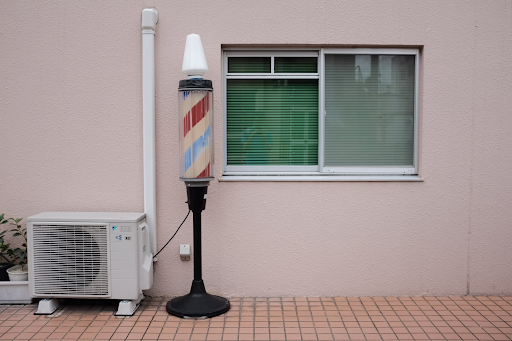The Lifecycle of a Forest: A Deep Dive Into Forestry Operations
Forests are more than just clusters of trees—they are living, breathing systems that support wildlife, help clean the air, and provide valuable resources. Understanding how forests grow, change, and are cared for helps us appreciate the important role they play in our lives.
Forestry operations are the careful steps people take to grow, manage, and harvest trees in a way that keeps forests healthy and thriving for the future. Let’s explore the different stages in the life of a forest and how people work with nature to protect and use these important spaces wisely.
The Beginning: Planting and Natural Growth
Every forest starts with small beginnings. Some forests grow naturally when seeds are spread by wind, animals, or falling from trees. In other cases, forestry workers plant tree seedlings in large open areas where forests once stood. This early stage is important because young trees need time, water, sunlight, and good soil to grow strong.
Workers often check on these young forests to remove weeds or pests that could harm the new trees. Whether started by nature or people, this early stage lays the foundation for a healthy, long-lasting forest.
Middle Years: Growth and Maintenance
As trees grow taller and stronger, the forest becomes a busy place. Animals make their homes, plants spread, and the trees begin to form a canopy overhead. Forestry operations during this stage focus on keeping everything in balance. Workers might trim some trees to give others more space and light. They also watch for signs of sickness or too many pests.
Controlled fires or thinning some areas can help the forest stay strong and reduce the chance of larger, damaging wildfires. This part of the cycle is about watching, learning, and making small changes to keep the forest healthy.
Harvesting: Using Forest Resources Wisely
When trees reach full size, they can be used for wood, paper, and other useful products. Harvesting is done carefully to avoid damaging the land or harming animals. Workers only take certain trees and leave others behind so the forest can regrow.
New trees are planted afterward to keep the cycle going. Harvesting doesn’t mean the end of a forest—it’s just another part of its life, like pruning a garden. Done properly, it provides materials people need while allowing the forest to renew itself.
Support and Protection: Tools and Techniques
Forests need help to stay safe and useful. Forestry teams use a variety of tools to move equipment without harming the land. For example, composite mats are placed on soft ground to protect the soil from heavy vehicles. Teams also build roads that follow natural paths, place signs to guide visitors, and monitor forests for fires or harmful insects. These efforts make sure that forests can keep growing strong and safe for both people and nature.
Conclusion
The lifecycle of a forest is a continuous journey, full of growth, care, and renewal. Forestry operations, when done responsibly, support this cycle while meeting human needs. By understanding and respecting how forests live and change, we can help protect these natural treasures for generations to come.



